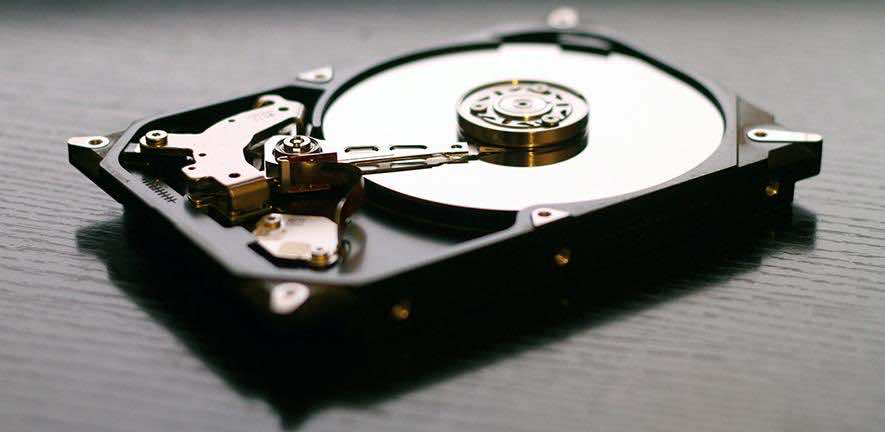The materials used in hard drives have been mostly the same for a few years and a big upgrade is long due. However, it’s hard to find something that can play the same role whilst giving a substantial increase in data storage. However, a research group at the University of Cambridge has claimed that they have advanced a leap forward in data storage by using graphene. They published their research in the journal Nature Communications.
The team claims that using graphene allows the hard drives to operate at a higher temperature and with a huge bump to data density. They claim that graphene hard drives can store 10 times more data than regular hard drives. Regular hard drives use platters that are coated with carbon-based overcoats or COCs to protect them from mechanical or corrosion damage.

The group at Cambridge replaced the COCs with one and four layers of graphene that has good strength and flexibility. The thinness of the graphene enabled significant space savings but also outperformed current COCs in preventing mechanical wear, reduced corrosion by 2.5 times, and also offered a two-fold reduction in friction.
The graphene allowed the hard drive to operate at higher temperatures which allowed the team to try out a new writing technique called Heat Assisted Magnetic Recording or HAMR. The new tech records data by heating the recording layer to high temperatures. This allows data bits to be far smaller and more tightly packed together while remaining stable.

According to Dr. Anna Ott from the Cambridge Graphene Centre, “Demonstrating that graphene can serve as a protective coating for conventional hard disk drives and that it is able to withstand HAMR conditions is a very important result. This will further push the development of novel high areal density hard disk drives”. Dr. Anna is also the co-author of the study.
The HAMR technique doesn’t work with conventional COCs because they can’t withstand the heat. The group concluded that the combination of the thin graphene, the space-saving from it, and the HAMR technique allowed for a data density of 10 terabytes per square inch.
This might also be a win-win for the environment as well because graphene can be produced from household wastes.


